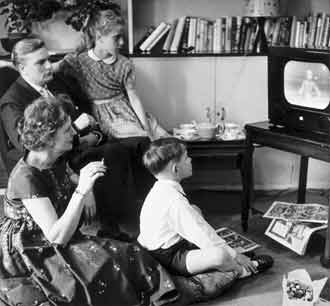Richard Lutz gives you a fine old dose of a doubleheader for films on the box this week
 Watch out for incoming. Dig that foxhole deeper. Head for the nuclear bunker. Two films on back to back daysshow how directors view war through both deep drama and wild satire.
Watch out for incoming. Dig that foxhole deeper. Head for the nuclear bunker. Two films on back to back daysshow how directors view war through both deep drama and wild satire.
First off the bat is Dr Strangelove (Mon, 22.00, Gold). This 1963 black comedy directed by Stanley Kubrick was mostly shot in England because star Peter Sellers was going through a sticky divorce and told not to hightail it to Hollywoodland.
It is a political satire of the Cold War. General Jack D. Ripper (Sterling Hayden) goes bananas and is convinced Ruskie Commies are plotting “to pollute American body fluids..” by using fluoride in the water. He unleashes a nuclear attack and the Soviets go for mutual destruction. Peter Sellers’ meek President Merkin Muffley (check the sexual allusions) tries to talk reason in a manic crazy world and wheels in ex-Nazi scientist Dr Strangelove (Sellers again), who has a penchant for giving the Nazi salute to the bonkers Presidential staff.
Kubrick was given a real kicking by DC for making the film, which lampooned the lunacy of nuclear policies, but the movie was a success.
Only one hiccup: the testscreening was on 22nd November 1963 , the day JFK was killed.
And something else weird: when the camera crew was trying to get aerials of an icy Greenland, it accidently overflew a secret US military base. The plane was forced down and held as a Soviet spy plane.
Sellers is stand-out in three roles (he also played urbane RAF officer Lionel Mandrake) and there are plenty of great cameos from James Earl Jones (his first film), cowboy Slim Pickens who gets to ride a nuclear bomb like a bronco and George C. Scott, who disliked Kubrick but liked the film.
By the way, this black comedy was to be resurrected as a sequel called Son of Strangelove in 1995 with Monty Python star Terry Gilliam directing. But Kubrick died before a pen was lifted.
24 hours later and we go from hilarious to harrowing. It’s The Deerhunter (Tues, 23.00, ITV4). Director Michael Cimino takes aim at the bloody , napalm-drenched Vietnam war and how it ruined millions of lives.
Robert de Niro is the leader of a gang of steelworkers who leave grim Pennsylvania for the killing fields of soth-east Asia. They undergo the hell of prison camp torture, mental chaos and rounds of Russian roulette. de Niro’s hero returns to their hometown to find the war rages on internally as a community cannot understand the loss and the bloodshed for very little reason.
By the way, this was the last movie for quirky actor John Cazale, who died before it was finally edited. The studio wanted to sack him because he had terminal cancer. de Niro and co star Meryl Streep (Cazale’s partner at the time) dug their heels in and de Niro paid the medical insurance to back Cazale.
Both movies, made within fifteen years of each other, are emblematic of how cinema treats and ultimately attacks US policy. Kubrick’s film was so dark, so surreal, you just had to laugh – which, by the way, much of the cast did during filming, causing a lot of editing troubles. The Deerhunter assaulted the Vietnam war and its woes head on in a considered claustrophic tragedy located in a world far away from demonstrations, peaceniks and liberal values. Both are good films.
Footnote: Kubrick’s movie was from the sixties. Cimino’s of the seventies. A decade later, Robin Williams’ Good Morning Vietnam was of the eighties, completing a trilogy of movies about stars, stripes and warfare.



